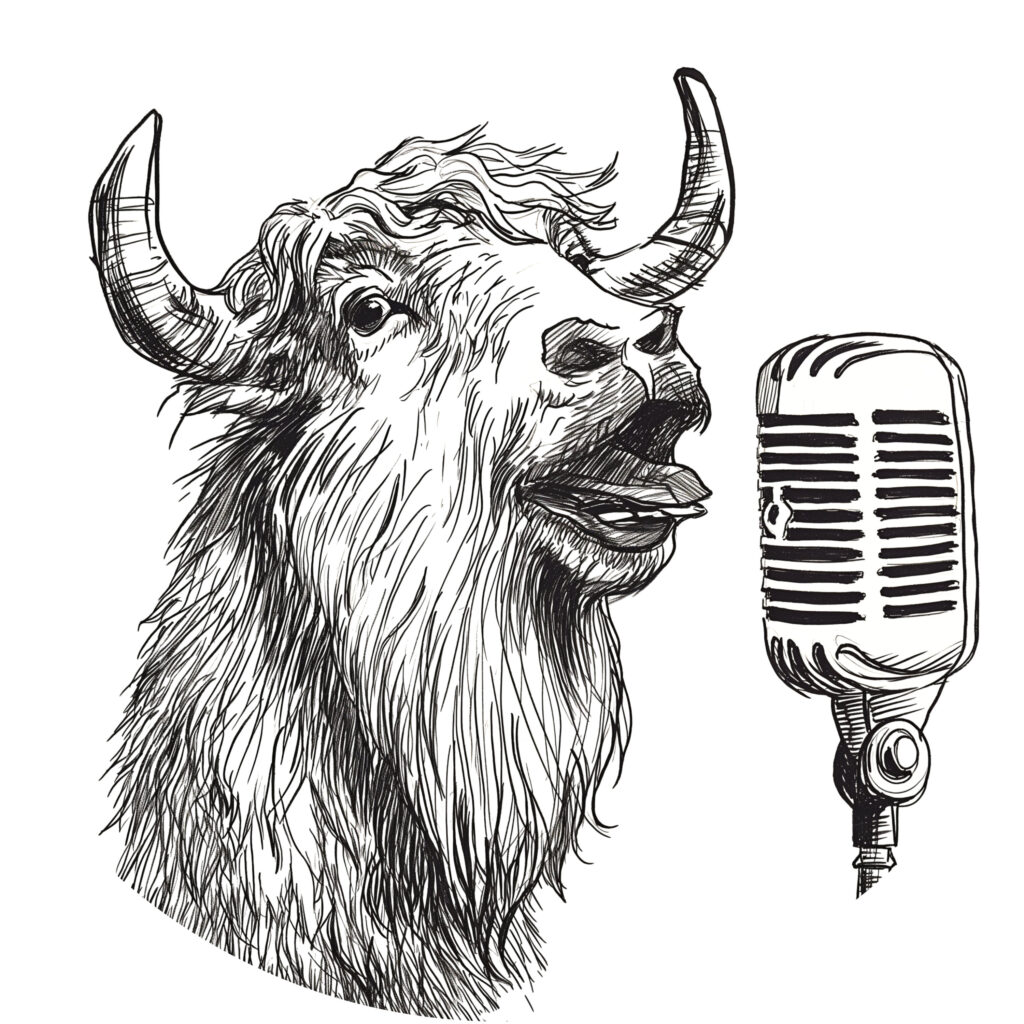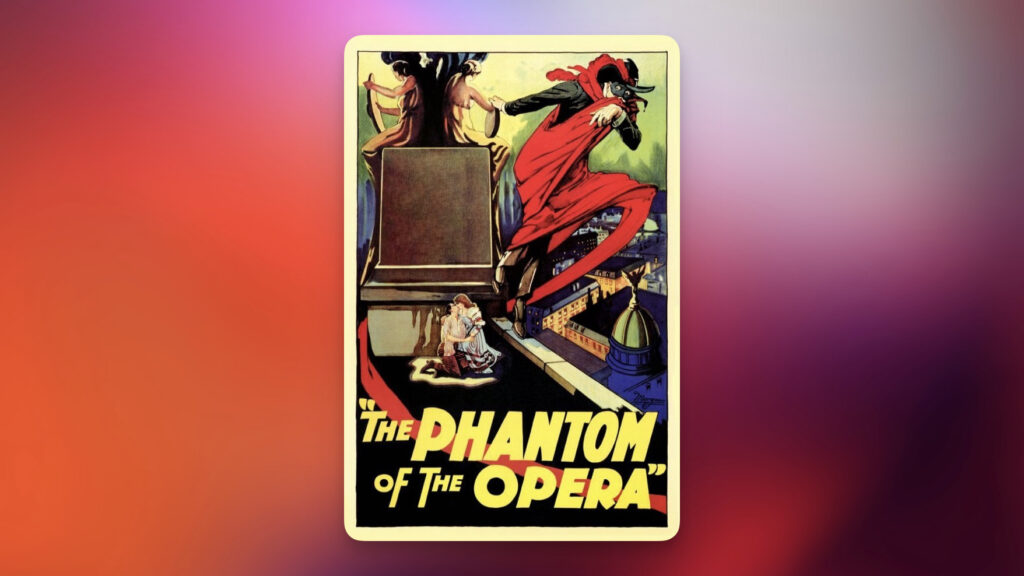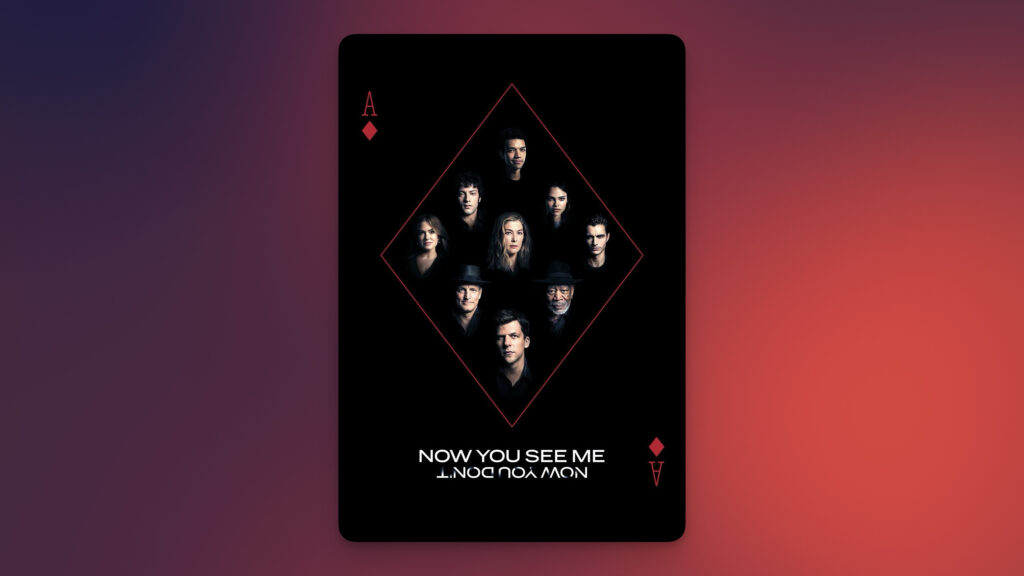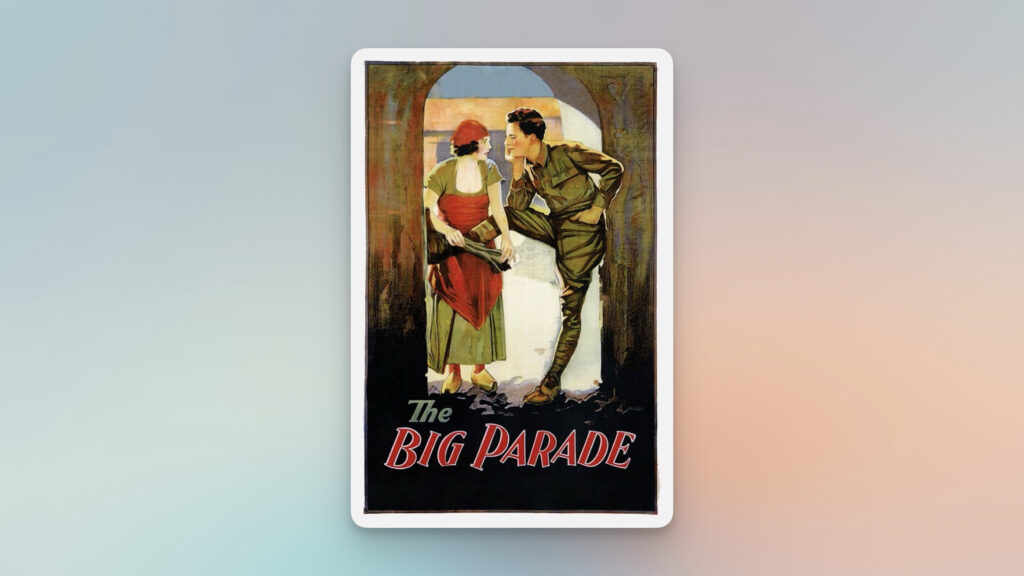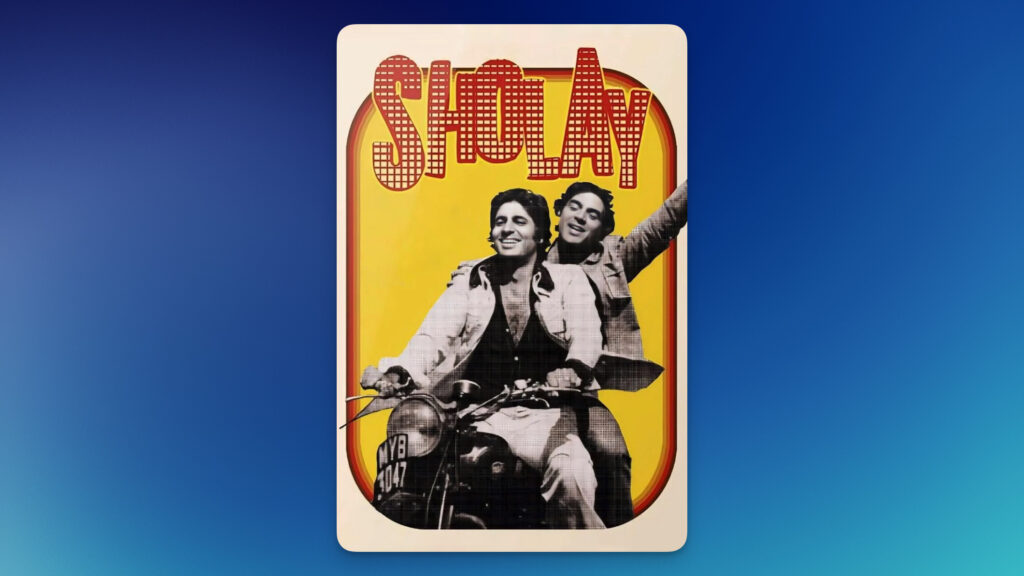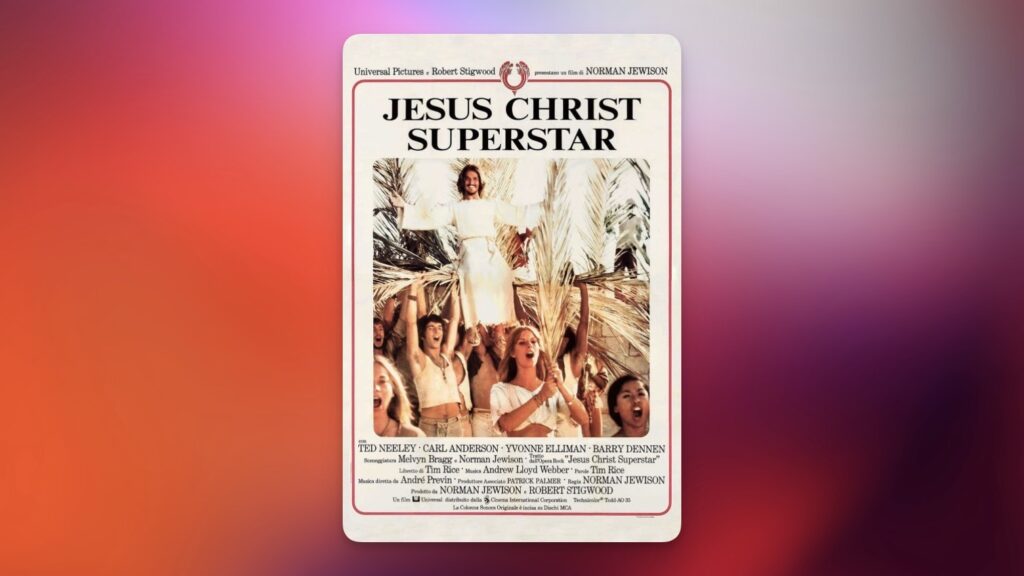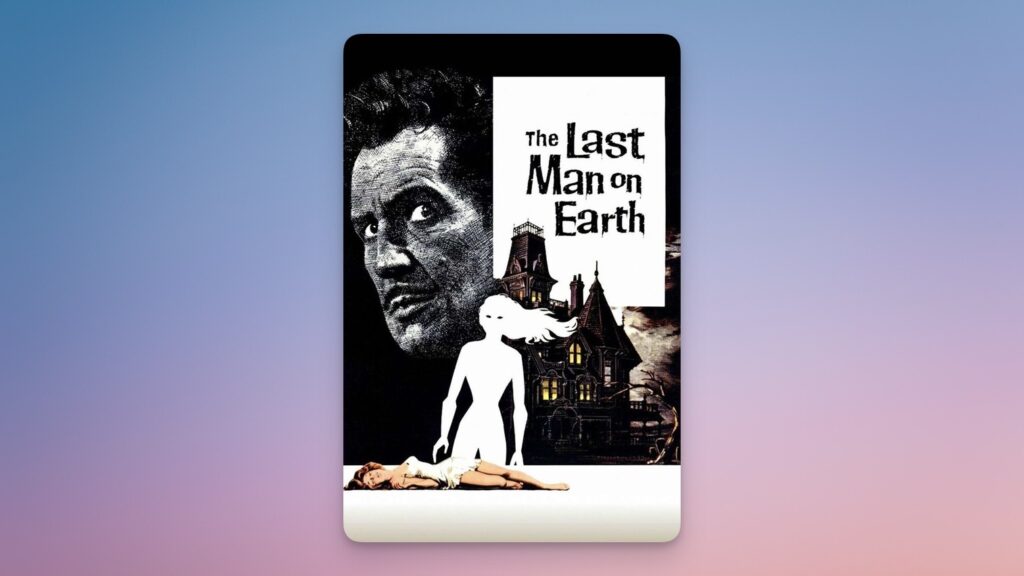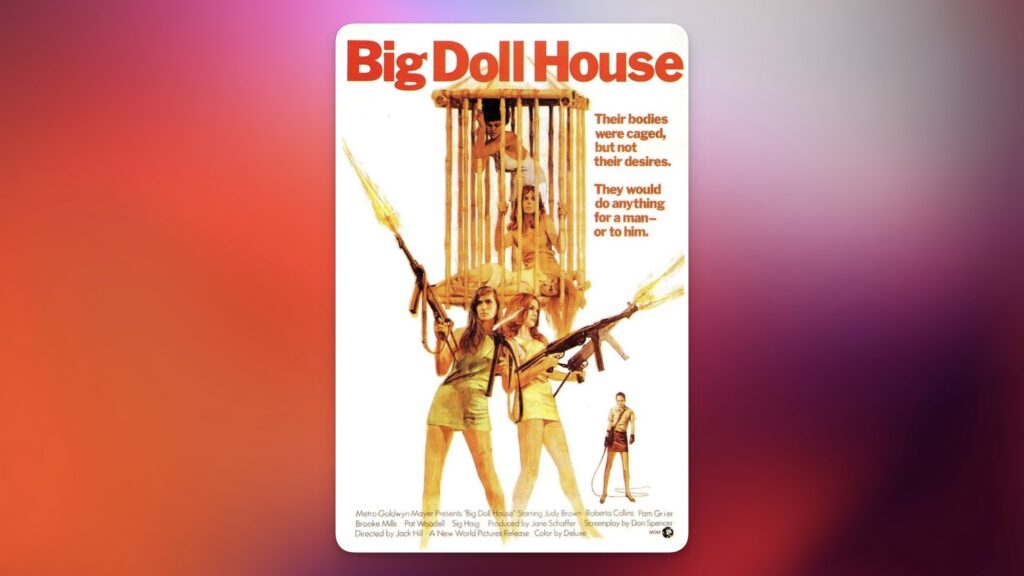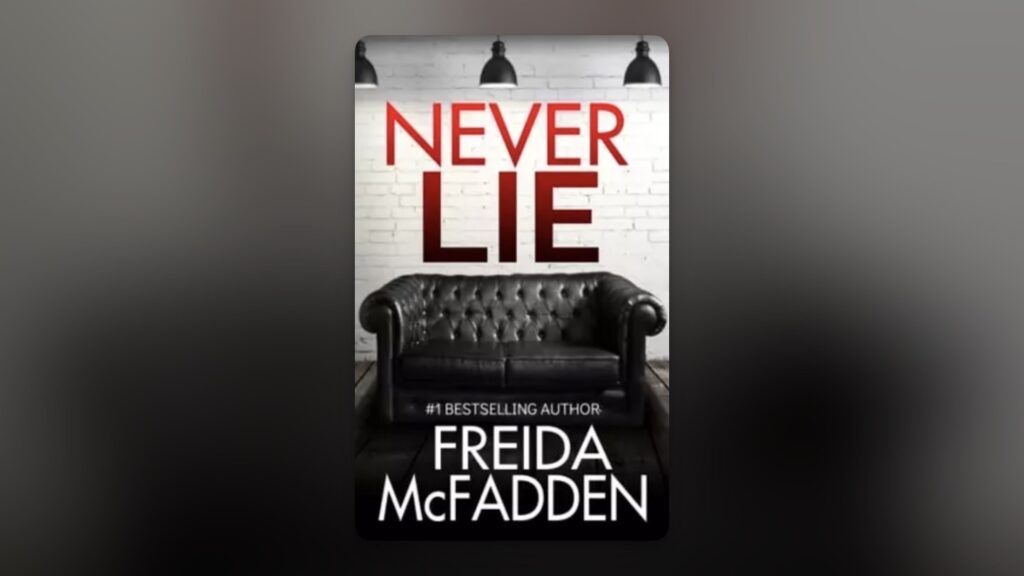Nearly a century on, The Phantom of the Opera feels both monumental and deeply uneven at the same time. It’s the kind of early studio spectacle that makes me marvel at how far the medium had come by 1925—and also wince at the parts that hadn’t caught up yet. You don’t watch it the way you watch Dracula or Frankenstein, where the formula finally snaps into place; you watch Phantom knowing that the formula is still being invented, that the brand book is still just a sketch, and honestly, that may be the best lens for appreciating what the film actually is rather than what we’ve retroactively wished it to be.
Let’s get my biggest gripe out of the way: the pacing. I struggle with the first half. The film spends ages roaming through opera-house politics, watching bits of Faust, and checking in on comic-relief characters who seem to have wandered in from another movie. We’re supposed to be winding up for one of cinema’s great horror legends, but instead we’re sitting through management memos and rehearsal notes, all delivered in a kind of vaudeville shuffle. And from a 2025 vantage point, it feels glacial.
Of course, that slow, sprawling first act was the point. This was prestige filmmaking in 1925—big sets, big crowds, big culture. The opera wasn’t background; it was the original IP draw. So yes, the dramatic momentum sputters, but it sputters because the film is carrying the weight of an entire studio’s ambitions.
What rescues it—what still makes the film worth returning to—is Lon Chaney. The moment he enters, the movie finds its pulse. Chaney is doing something here that no one else in Hollywood could match at the time: a performance that’s simultaneously grotesque, theatrical, and psychologically sharp. And he does it in a silent medium, under several pounds of self-applied makeup, while half-directing his own scenes because he’d stopped speaking to the credited director. The man is a one-person film school in how to act without words. When the camera moves with him through the rafters or across the underground lake, the movie suddenly remembers what cinema can do.
Those moments—the unmasking, the chandelier crash, the Red Death on the staircase—are electric. They justify the legend for me.
The tonal inconsistency that frustrates so many viewers, including yours truly, is also baked into the film’s DNA. This thing was sliced apart, previewed, reshot, recut, and partially remade for a reissue. If the finished film feels like it was directed by three different people, that’s because it essentially was. But instead of seeing that as a flaw, it’s useful to see it as an early demonstration of how Hollywood machinery often overpowers any single artistic voice. The pastiche quality becomes a record of the studio system figuring itself out on the day.
The love triangle, on the other hand—Christine, Raoul, and Erik—falls into that familiar silent melodrama pattern: compelling concept, thin follow-through. Christine is less a character than a symbolic prize for the men to negotiate over, and Raoul has all the charisma of the decorative molding in Box Five. But again, that’s the melodramatic architecture of the era, not a unique failure here.
The wrap-up is tough. The final mob chase is thrilling in motion, but emotionally it lands with the suddenness of a dropped curtain. That isn’t narrative design so much as preview cards dictating commercial necessity. The tragedy of Erik’s character deserves a smarter resolution, but Universal wasn’t in the business of letting tragedies breathe.
Despite all of this, despite my own impatience with the film’s indulgent first hour—Phantom earns its place in the canon. It’s not the clean, efficient monster movie Universal would later deliver. It’s the messy prototype, the blueprint, the film that shows the studio discovering that horror could be elegant, operatic, and even beautiful. If it’s uneven, it’s uneven in historically revealing ways. If it’s slow, it’s slow in a way that reflects the tastes and priorities of the silent era. And if Chaney’s Phantom feels like a fully formed monster dropped into a half-formed movie, that’s part of what makes the whole experience so strange and fascinating. It’s a masterpiece of parts more than a masterpiece as a whole.
